Mining in Andalucia
Huelva Mining: Iberian Pyrite Belt, Rio Tinto History & Environmental Impact
Dive into Huelva's rich mining history in the Iberian Pyrite Belt, from the Copper Age to modern times. Learn about Rio Tinto's legacy and the environmental impact of 5,000 years of extraction.
By Nick Nutter on 2025-03-11 | Last Updated 2025-05-18 | Mining in Andalucia
This article has been visited 889 times

A Garrett Locomotive in Andalucia
The Iberian Pyrite Belt: 5,000 Years of Mining History and Environmental Impact in Huelva
The province of Huelva, nestled in southwestern Spain, is home to one of the world's most significant mineral deposits: the Iberian Pyrite Belt. This geological marvel, coupled with a rich mining history spanning millennia, tells a story of both immense wealth and profound environmental impact.
Do you enjoy my articles? For your reading pleasure, this website does not carry third party ads. You could help me write more articles by buying me a cup of coffee.
The Iberian Pyrite Belt: Geology and History


Iberian Pyrite Belt
The Iberian Pyrite Belt is a colossal mineral deposit stretching approximately 250 kilometres across southern Spain and Portugal. It's one of the world's largest concentrations of massive sulphide ores, embedded within Late Devonian to Middle Carboniferous rocks.
Geological Formation
This geological formation, overlaid in parts by more recent Tertiary-Quaternary sediments, extends from Seville, Spain, to Alcacer do Sal, Portugal. Situated within the Sierra Morena Mountain range, the Pyrite Belt is the product of intense volcanic activity. Superheated, mineral-laden waters ascended through the Earth's crust, cooled, and precipitated within fractures and fissures, forming the massive sulphide bodies. Subsequent tectonic forces elevated the region.
Huelva's Mineral Wealth: Rio Tinto


El Centro de interpretación Peña del Hierro
Huelva province, renowned for its substantial mineral wealth, hosts some of the belt's most significant deposits, often categorized as 'super-giant deposits.' Rio Tinto, a globally recognized mining district with a history dating back to the early Copper Age (circa 2750 BC), epitomizes the region's mineral potential.
A Timeline of Extraction
Over millennia, miners have extracted a diverse array of metals from this area, including zinc, copper, lead, arsenic, cadmium, sulphur, silver, thallium, mercury, gold, and barium. Continuous mining activity, from the Copper Age through to the 21st century, has involved various cultures and societies: Tartessians, Romans, Muslims, and local landowners. Since the 19th century, modern industrial operators, many of whom are foreign investors, have sought the mineral resources.
5,000 Years of Pollution


Extreme pollution, the headwaters of the Rio Tinto
Intensive mining operations have left a lasting environmental impact. Research conducted in the 21st century has unequivocally linked thousands of years of extraction activities to significant pollution of the Rio Tinto and Cadiz Bay.
Environmental Impact Studies
Studies looking at pollution levels in the sediments of the Rio Tinto and Cadiz Bay have proved that mining activities have been producing toxic waste for over 5,000 years. The river's upper reaches exhibit striking evidence of this impact, with acidic waters stained vermilion red and canary yellow by high concentrations of dissolved metals.
The Rio Tinto's Extreme Environment
While supporting life forms adapted to extreme conditions, such as lack of oxygen and the presence of heavy metals, this environment remains largely inhospitable to most organisms.
The Industrial Revolution's Intensification
The 19th-century Industrial Revolution marked a period of accelerated mining and, consequently, intensified environmental pressures.
A History of Wealth and Responsibility
Huelva's mining legacy is a complex narrative of immense mineral wealth and significant environmental challenges. Understanding this history is crucial as we move forward, balancing the need for resources with the imperative to protect our environment.
Enjoying This Sample?
To read the full story of Mining in Huelva province.
My book, 'Mining in Andalucia: Emphasising the Involvement of British Companies during the 19th and 20th Centuries; is now available as a fully illustrated, colour, paperback from Amazon, as a downloadable ebook from Kindle and Free to Read on Kindle.
Do you enjoy my articles? For your reading pleasure, this website does not carry third party ads. You could help me write more articles by buying me a cup of coffee.

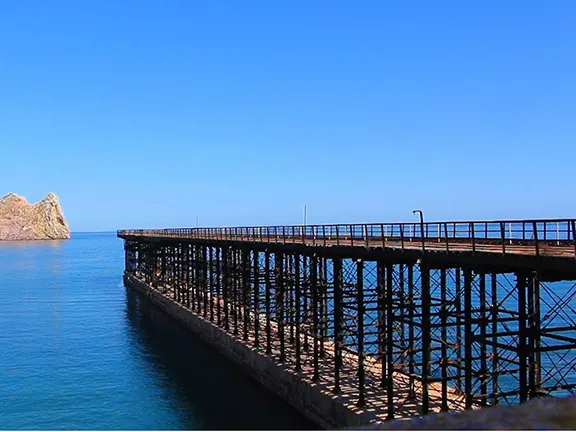 1: Geology of Andalucia
1: Geology of Andalucia 2: Industrial Revolution
2: Industrial Revolution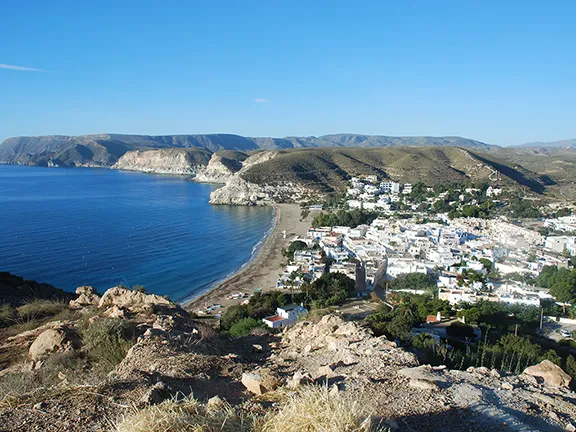 3: Mining in Almeria
3: Mining in Almeria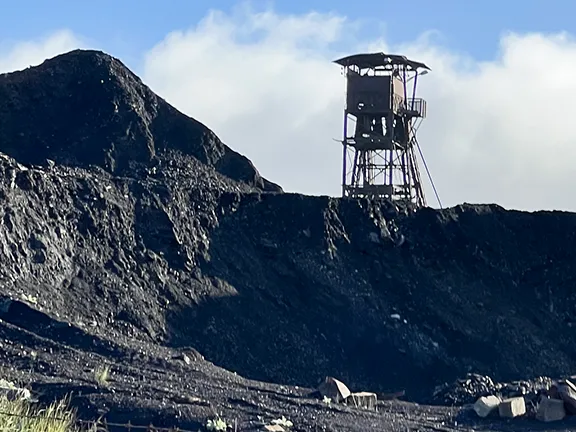 4: Mining in Cordoba
4: Mining in Cordoba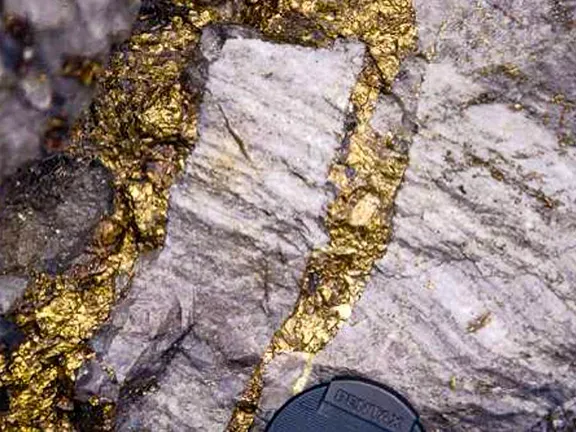 5: Mining in Granada
5: Mining in Granada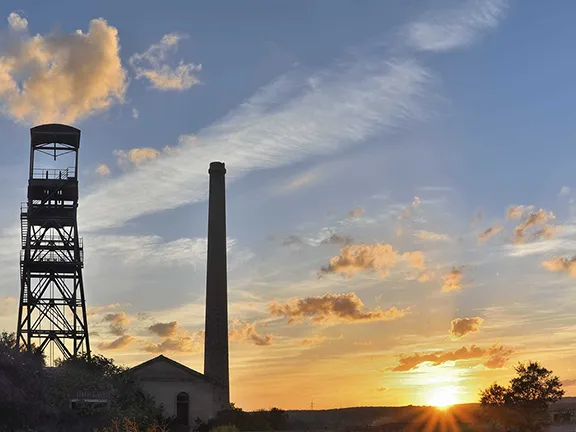 7: Mining in Jaen
7: Mining in Jaen 8: Mining in Malaga
8: Mining in Malaga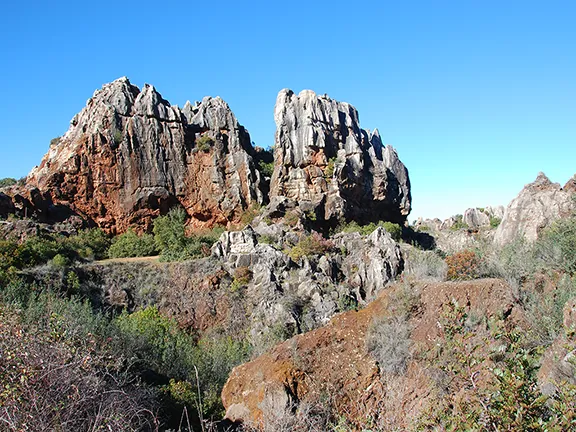 9: Mining in Seville
9: Mining in Seville 10: End of British Mining in Andalucia
10: End of British Mining in Andalucia